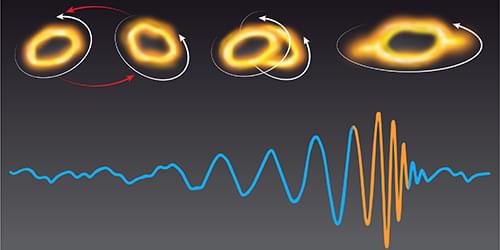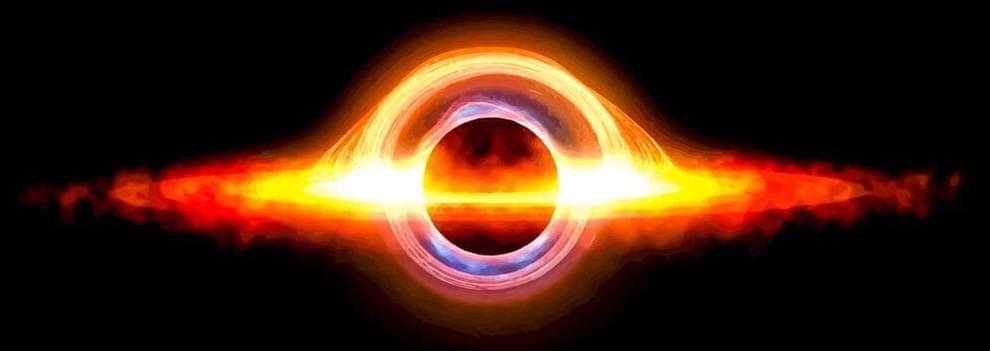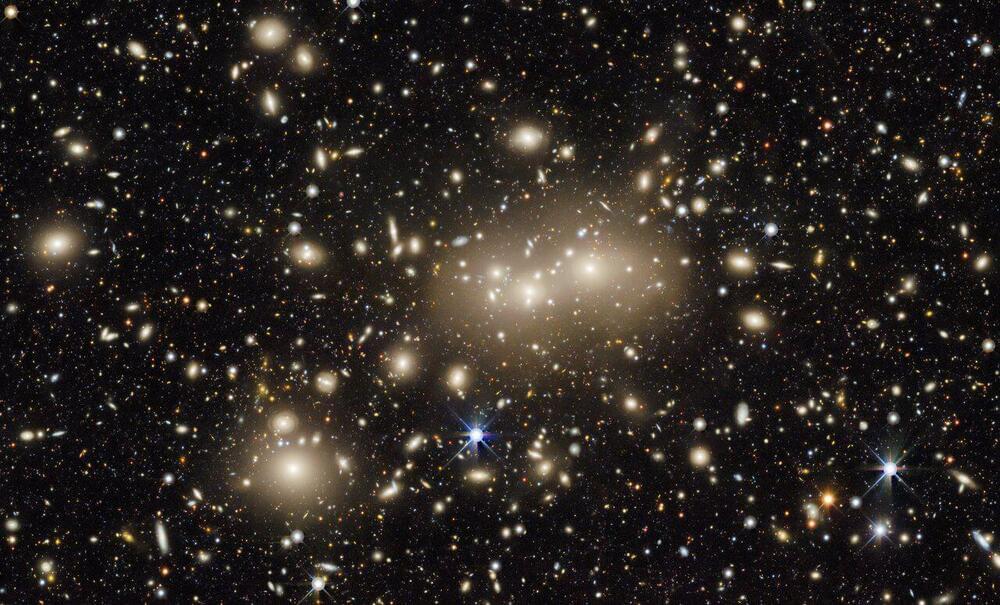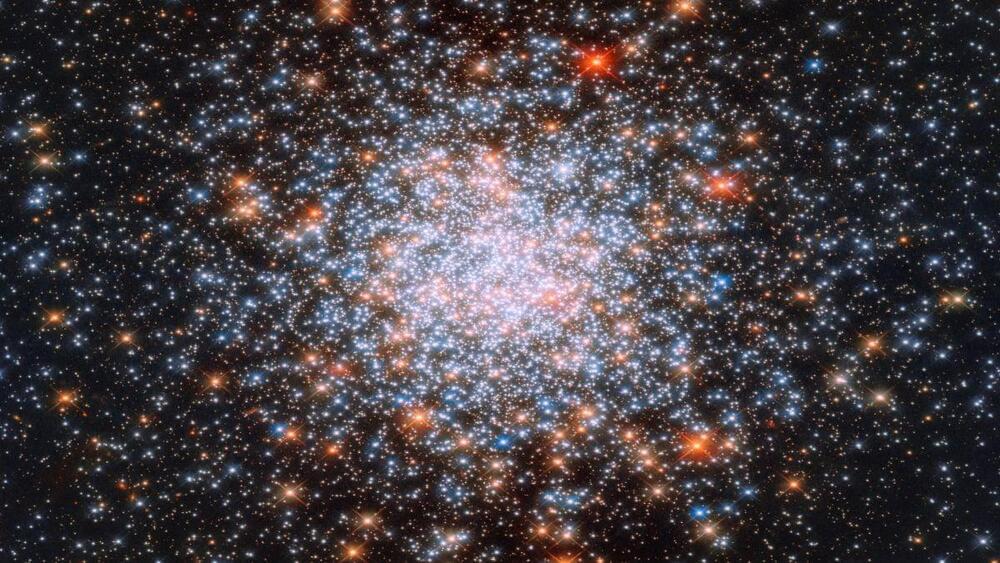Black holes are so powerful that we’ve had to come up with new words to describe their awesome annihilation abilities. Objects that come in contact with the extreme gravitational pull of one of these voids are at risk of being simultaneously stretched and ripped apart, leaving elongated strands of matter that look something like spaghetti or a similar pasta.
Hence we say that black holes often “spaghettify” their meals before consuming them.
Astronomers from UCLA and the Keck Observatory in Hawaii have been watching an odd cloud getting pulled apart for the past few decades as it accelerates towards Sagittarius A (Sgr A), the supermassive black hole at the center of our Milky Way galaxy.




